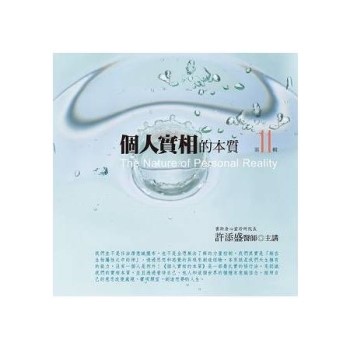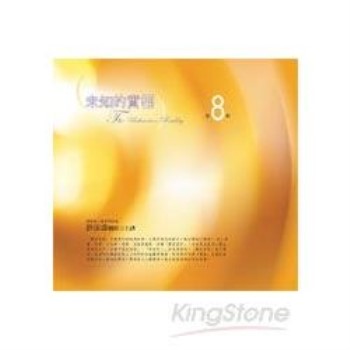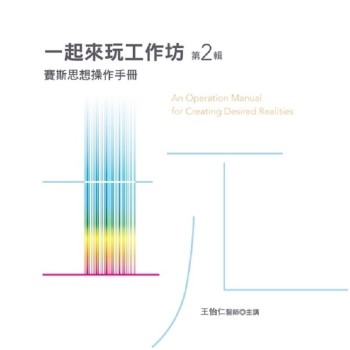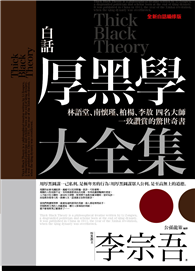Restless legs syndrome (RLS) is a neurological disorder characterized by unpleasant sensations in the legs and a distressing, irresistible urge to move them. RLS can result in reduced quality of life and interrupt sleep, leading to daytime fatigue. However, effective treatment options are not well established and there is little guidance on diagnosis and treatment. A comprehensive review of the effectiveness and harms of treatments for RLS could lead to improved care for individuals with the syndrome. RLS is defined and diagnosed based solely on clinical criteria. The essential diagnostic criteria for RLS were established by the International Restless Legs Syndrome Study Group in 1995 and revised in 2003. RLS symptoms are triggered by rest or inactivity and worsen at night. Movement such as walking, stretching, or bending the legs provides partial or complete relief. Yet, relief is temporary, and symptoms return when movement ceases. RLS varies in symptom severity and frequency. Mild RLS may cause minor annoyance, but severe RLS can interfere with work, social activities, function, and emotional well-being. RLS induced sleep disruption may lead to poor daytime functioning, anxiety, and depression. Sleep deprivation and daytime fatigue are common reasons RLS patients seek treatment. The primary goal of RLS treatment is to reduce or eliminate symptoms and improve patient function, sleep, and quality of life. For patients with RLS believed to be secondary to other conditions (e.g., iron deficiency), treating the underlying condition first is recommended. RLS associated with pregnancy typically resolves postpartum; however, little is known about women with pregnancy-induced RLS, whose symptoms persist after delivery. We conducted a systematic review of the effectiveness and harms of RLS treatments with the primary intent to conduct a comparative effectiveness review. We evaluated the efficacy, safety, and comparative effectiveness of pharmacologic and nonpharmacologic treatments for RLS. Pharmacologic interventions included drugs approved for use (for any condition) in the United States. We included individuals with RLS regardless of age or etiology. Although many patients with RLS also experience semi-rhythmic limb movements, called periodic limb movements (PLMs), while awake or asleep, these movements are not specific to RLS. Sleep disorders such as PLM disorder are a distinct entity and not considered in this review. We evaluated RLS symptom severity and outcome, patient-reported sleep quality, and disease-specific quality of life using patient- and physician-validated scale scores for RLS. We assessed treatment-related harms and adherence. We developed Key Questions with input from stakeholder groups representing patients, providers, and technical experts. Key Questions not only addressed short-term efficacy and safety but also assessed longer term benefits and harms (including adherence) because many RLS patients require life-long treatment. Key Question 1. What is the comparative effectiveness of treatments for restless legs syndrome (RLS)? a. What are the benefits from RLS treatments when compared with placebo or no treatment? b. What are the benefits from RLS treatments when compared with other active treatments? c. What is the durability and sustainability of treatment benefits? Key Question 2. What are the harms from RLS treatments? a. What are the harms from RLS treatments when compared with placebo or no treatment? b. What are the harms from RLS treatments when compared with other active treatments? c. What are the long-term harms from treatment? Key Question 3. What is the effect of patient characteristics (age, sex, race, comorbidities, disease severity, etiology, iron status, pregnancy, end-stage renal disease) on the benefits and harms of treatments for RLS?
| FindBook |
有 1 項符合
Treatment for Restless Legs Syndrome的圖書 |
 |
Treatment for Restless Legs Syndrome 作者:Agency for Healthcare Research and Quality(COR)/ U.s. Department of Health and Human Services (COR) 出版社:Createspace Independent Publishing Platform 出版日期:2013-03-28 語言:英文 規格:平裝 / 204頁 / 27.9 x 21.6 x 1 cm / 普通級 |
| 圖書館借閱 |
| 國家圖書館 | 全國圖書書目資訊網 | 國立公共資訊圖書館 | 電子書服務平台 | MetaCat 跨館整合查詢 |
| 臺北市立圖書館 | 新北市立圖書館 | 基隆市公共圖書館 | 桃園市立圖書館 | 新竹縣公共圖書館 |
| 苗栗縣立圖書館 | 臺中市立圖書館 | 彰化縣公共圖書館 | 南投縣文化局 | 雲林縣公共圖書館 |
| 嘉義縣圖書館 | 臺南市立圖書館 | 高雄市立圖書館 | 屏東縣公共圖書館 | 宜蘭縣公共圖書館 |
| 花蓮縣文化局 | 臺東縣文化處 |
|
|
圖書介紹 - 資料來源:博客來 評分:
圖書名稱:Treatment for Restless Legs Syndrome
|











